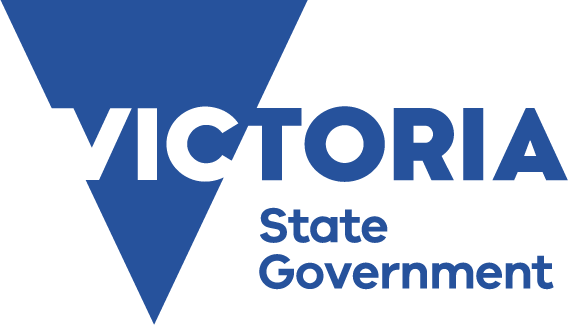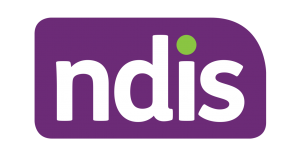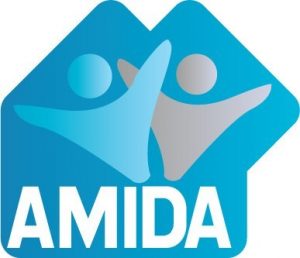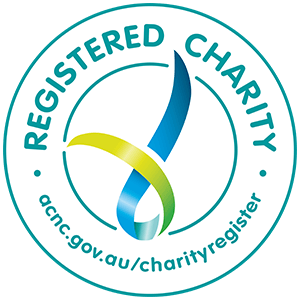Reducing the Risk – Being Better Prepared for a Disaster
The needs of people with disability are often overlooked in the response to a disaster. We want to change that by assisting people to help themselves as well as encouraging the key ‘disaster’ agencies to be more aware of the needs of people with disability.
But like everyone, it is better for people with disability to play their part in being prepared for a disaster or an emergency, where they can. As a person with disability, being prepared means that you have thought about the needs you have, and then having a plan about what you will do if faced with a disaster. Also, we want to provide information to prepare you for what might happen after the disaster.
There needs to be a range of measures in place to respond to a disaster that ensures people with disability are included in the community’s emergency responses. These are things like accessible information, ensuring access to essential services, and being supported to stay connected to family, friends, and the community during emergencies.
So, what is your role in being prepared for disaster? Well like all parts of your life, it is important that you bring your lived experience to emergency planning. And the following information will help you to be prepared and reduce your risk.
What is a disaster or an emergency?
A disaster refers to a sudden accident or a natural catastrophe that causes great damage or loss of life. These include bushfires, heatwave, floods, severe thunderstorms, cyclones or other intense storms, earthquakes, or tsunamis. Or it can be a house fire. The consequences of the disaster can be significant – like the loss of electricity or other utilities being disrupted, mobile phones or the internet being out of action, damage to housing or community infrastructure, a need to evacuate or people being hurt.

It might be easier to think about a disaster or emergency in three phases – Before, During and After a Disaster
- BEFORE A DISASTER
Thinking about what you will do in the case a disaster happens, will mean that you are better prepared. There is a simple checklist attached to help you make you that plan. We have also attached checklists from the University of Sydney and the Red Cross that you may want to complete.
Where you live, or regularly spend time, will partly determine how you need to prepare because some areas may be at risk of bushfires, while other areas are flood or storm prone. But there are some common tasks no matter what the disaster might be. So how you prepare might be similar.
Those key things to think about are:
- how do you get information about the disaster/emergency.
- in case you have to evacuate, what information do you need to have ready to take with you and what things do you need to take with you; and
- planning how will you evacuate.
Finding out what is happening – Emergency Information
It is good to know where you can get information about disaster if it happens. Having up-to-date information means you can assess how you may be impacted. There may be a range of sources of information. So having phone numbers of key emergency services in your phone, loading the Vic Emergency App, and having an AM battery operated radio are examples of things you can do ahead of time.
‘Emergency information’ includes emergency alerts and other information that is distributed to affected communities before, and during, a natural disaster. However, information from one source may not be enough. For example, Apps cannot be relied on as a lone source of emergency information, as the App may not be updated in real time.
- Information may be found on:
- radio (ABC or the community radio). Having a battery powered AM radio reduces the reliance on electricity supplies

- Apps on smart phones (the VicEmergency App provides information for all hazards, not just bushfires)

- the internet. If you are a social media user, ‘like’ the Facebook and Twitter feeds of Police, Fire Services, SES, Bureau of Meteorology, ABC Emergency and Red Cross

- on TV

- Or you may be able to get information from sources by telephoning or texting emergency services, local government, neighbours, or your support service. It is good to plan who you will ring before an emergency happens

- What you need
- Vital information you need to have with you
If you need to leave your accommodation because of the disaster, it is important to have key information. This might include:
- Phones numbers and contact details of family and friends
- Phone numbers and contact details of medical professionals
- Phone numbers of your support services
- Medicare number
- Any medical conditions (If you use a smart phone, use the Medical ID function to record details on your iPhone or download an ICE app for Android phones.)
- Scripts for medication
- Health needs
- Support needs
- Aids or equipment needed
- b) Things you need or want to take with you
If you need to leave your accommodation because of the disaster, there may be things you need to take with you. But you and those close to you know what ate the important things that you need to take with you. This might include:
- Phone
- Debit and credit cards
- Medicare card
- Medication
- Change of clothes
- Aids and equipment, if possible
- Personal items like photos
- Pets!
- Photographs or things that cannot be replaced
- Other valuables like jewellery or passports, will, land titles or other important documents
- Developing your plan
Using a template might assist you develop your disaster plan. Brain Injury Matters has developed a template for a basic emergency plan – it covers the key issues like the information and things you will need if you have to leave your house during an emergency. You might want to complete this basic plan, so you have something that can help immediately. And then you can work on a more comprehensive plan. We have attached links to assist you develop that comprehensive plan.
Firstly, there is plan/toolkit called the Person-Centred Emergency Preparedness (P-EP). https://collaborating4inclusion.org/pcep/
Or there is the Australian Red Cross Emergency Rediplan. You can do this electronically or you can print a hard copy.
There is also an Easy English version:
https://preparecenter.org/wp-content/sites/default/files/arc_rediplan_dis_ee_infobook_2011_generic_new_lo.pdf
You might want to develop your plan yourself and then have someone who knows you well to check it. Or you might develop your plan with family, friends, or carers.
One of the key parts of plan is who you will need to be in contact with if a disaster looks likely, or actually happens. This might include family, friends, neighbours, or support services. They all need to know they are in your plan. This is your personal support network in case of a disaster.
Once you have developed your plan you will need to have quick access to plan, so keep it somewhere safe. Also, you might want to give a copy of the plan to other people. It is also a sensible idea to practice what is in your plan.
To prepare for a potential emergency, you can complete the Emergency Preparedness Plan. The workbook helps people with Acquired Brain Injury (ABI) to make an emergency plan for if a disaster happens.





